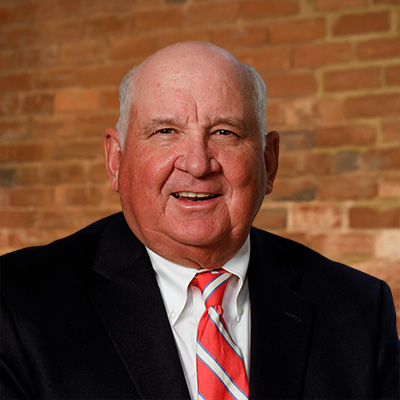AT&T has launched a new phase in their ongoing campaign against distracted driving: #X. #X is conceived as a conversation stop-gap, an easy to type pause button that lets the person you are communicating with know you are about to drive and will get back to them when you’re off the road. The majority of texting drivers are not initiating a conversation but instead responding to a text. Proponents hope that helping drivers eliminate incoming messages with #X will allow them to avoid the temptation created when their phone goes off in the car.[1]
#X is part of AT&T’s larger It Can Wait campaign, which was launched in 2009 to address the burgeoning distracted driving epidemic. Since that time distracted driving has continued to grow as an issue, partly because advancing technology has made more and more of our distractions mobile. Roughly half of all drivers admit to texting while driving, and only slightly more than half believe that texting and driving poses a significant danger.[2]
It Can Wait has employed a multi-prong attack, including somber ads portraying real-life final texts from drivers killed by distracted driving. The issue is particularly prevalent among young drivers, and AT&T has made attempts to appeal to them through social media and celebrity endorsements of the cause. One of the more popular features has been the Safe Driving Pledge, under which participants promise to never text behind the wheel. More than 5 million people have taken the pledge, including celebrities such as Demi Lovato and Tim McGraw.[3]
Studies have also shown that peer pressure is a key factor in eliminating teenage distracted driving. Many teens feel pressured to respond to texts quickly, but 9 out of 10 say that if a passenger asked them to stop using their phone they would do so. It Can Wait is trying to get the word out to teens to take responsibility for riding as well as driving, and not to be afraid to call the driver out. The same study shows that more than three-fourths of teens would actually be grateful to a friend who reminds them not to text and drive.[4]
Distracted driving is slowly becoming an epidemic on America’s roadways, rivaling impaired driving in terms of accidents and injuries. However, its dangers are much less well understood than those associated with drunk driving, particularly among young people. Campaigns like It Can Wait and #X are great methods for spreading information and educating the public about the very real dangers of driving while distracted.
About the Author: Since joining Allen & Allen in 1991, Virginia personal injury lawyer Chris Guedri has focused his practice on complex traumatic brain injury cases, car accidents, trucking accidents, and product liability cases . He has handled cases in across the state of Virginia and nationwide. Chris Guedri is AV Peer Rated by Martindale Hubbell and is listed in Best Lawyers in America.




